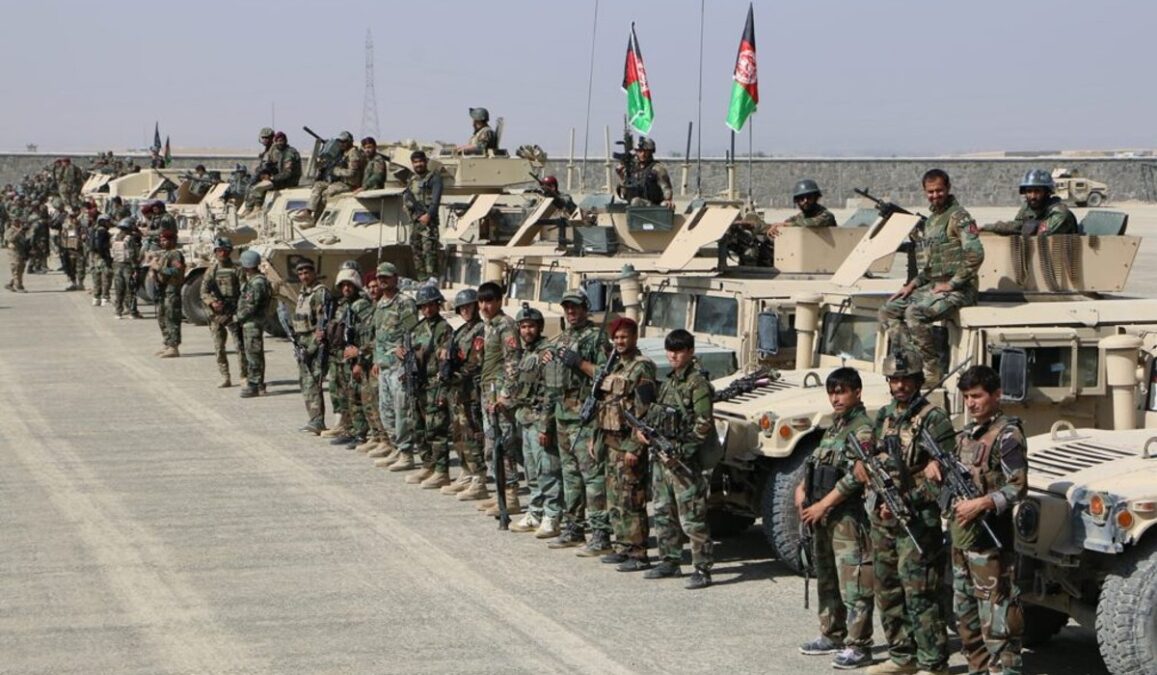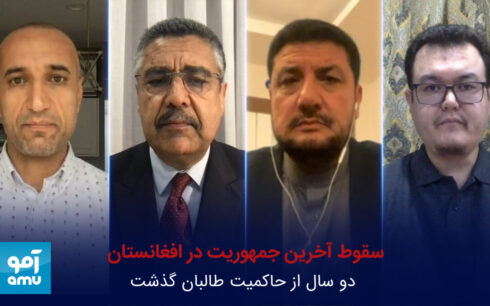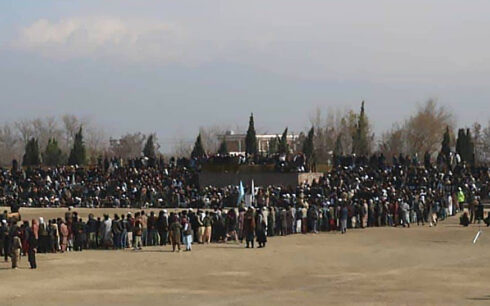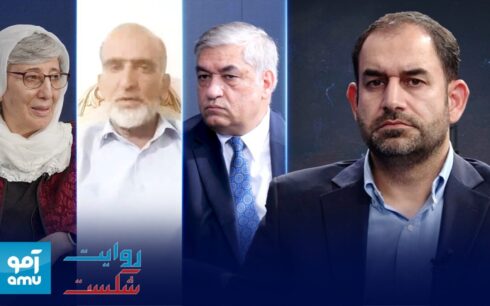On August 7, 2021, the city of Sheberghan, nestled in the heart of northern Jawzjan province, succumbed to the Taliban. Simultaneously, turmoil surged through the veins of other major urban centers, including Lashkargah, Kandahar, Faizabad, Herat, and Kunduz.
Against this backdrop, the United States Embassy in Kabul asserted its stance, issuing dual statements denouncing the Taliban’s audacious onslaught on urban territories stating it was a blatant violation of the hard-fought Doha agreement. In a plea tinged with urgency, the embassy implored its citizens to leave the war-torn country immediately.
By August 7, 2021, a mere eight days shy of the eventual fall of Kabul, the Taliban had firmly established their dominion over eight strategically situated border towns, emblematic of their growing influence.
On this fateful day, Ashraf Ghani, the former president, engaged in a pivotal rendezvous with Marshal Abdul Rashid Dostum, a former political luminary who held the role of vice president during that era. Remarkably, it was during this very confluence that Sheberghan, a city resonating with significance for Dostum, relinquished its sovereignty to the Taliban.
It’s crucial to note that Sheberghan marked the second urban stronghold to be wrested under the Taliban’s control, following the fall of Zaranj city in Nimroz.
Interrogating the inexplicable cadence of these territorial capitulations, a vexing query emerged: Why did the upper echelons of governmental authority, alongside a coterie of prominent officials, prove powerless in thwarting this hauntingly consecutive forfeiture of regions to the Taliban?
“Their origins hailing from distant shores and their strategic appointments in pivotal positions perhaps ignited a pressing concern – the fervent desire to vacate Afghan soil ahead of the impending American withdrawal, ensuring their wealth remained unscathed from the clutches of the Taliban,” asserted Sarwar Niazi, an analyst in military affairs.
In tandem with the escalating confrontations in Herat, Lashkargah, and Kandahar, August 7 bore witness to the intensification of hostilities in the enclaves of Faizabad and Kunduz.
Kunduz, situated in the northeastern recesses of Afghanistan, teetered on the precipice of becoming a three-time casualty to the Taliban’s advances, within the span of a mere decade. This time, the province grappled with a glaring scarcity of forces to mount a robust defense.
In the disconcerting words of Zabardast Safi, the former police chief of Kunduz: “The logistical pipeline of equipment sputtered and stalled in the days preceding the cataclysmic fall of Kunduz city. The crucial crutch of air support was notably absent, whilst our resources dwindled precipitously.”
An astute observer, formerly aligned with the state ministry for peace affairs during the previous government, divulged insights into the concerted efforts of the republic’s peace negotiation delegation. Endeavoring to prod the Taliban towards embracing a tranquil accord, their exertions were often greeted with indifference and wastage of precious time by the Taliban.
In the incisive words of Parasto Yari, an erstwhile advisor to the state ministry for peace affairs under the aegis of the republic government: “The Taliban’s disinterest in engaging with the labyrinth of intra-Afghan negotiations was palpable. And when compelled to partake, their contributions often danced on the fringes of opacity.”
Consequently, the culmination of these tumultuous events on August 7, 2021, ushered in a dolorous reality for the preceding government: a 50 percent plummet in their daily revenues. This precipitous decline was sparked by the Taliban’s swift seizure of no fewer than eight pivotal border towns, a move that left a fiscal void in its wake.





